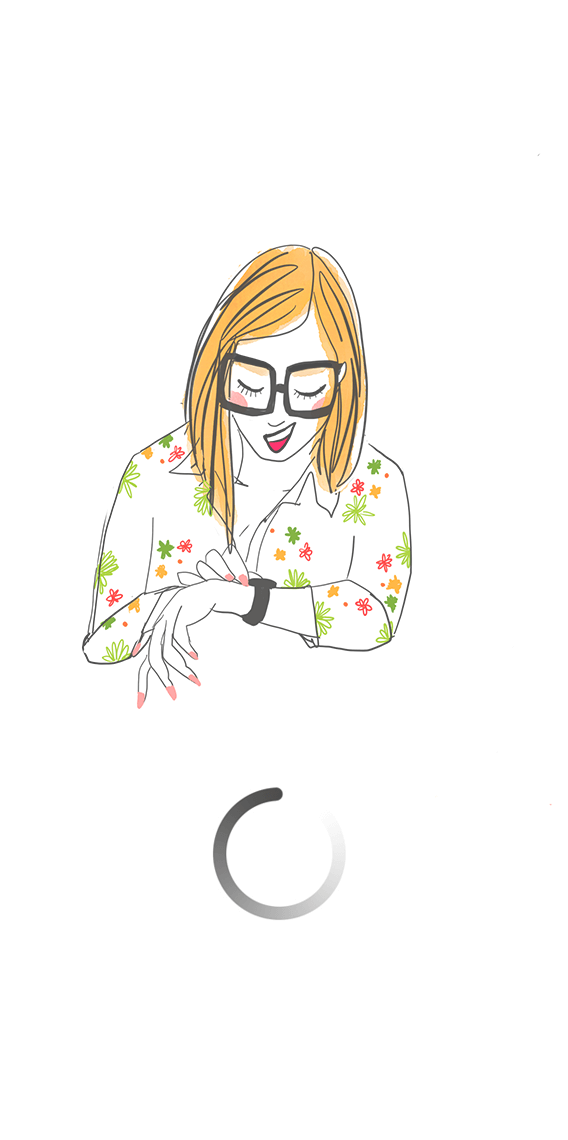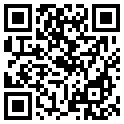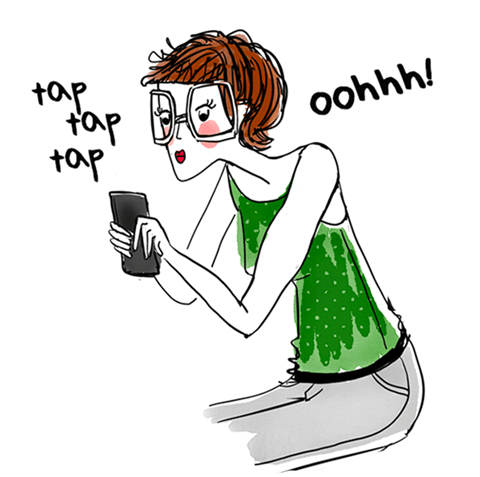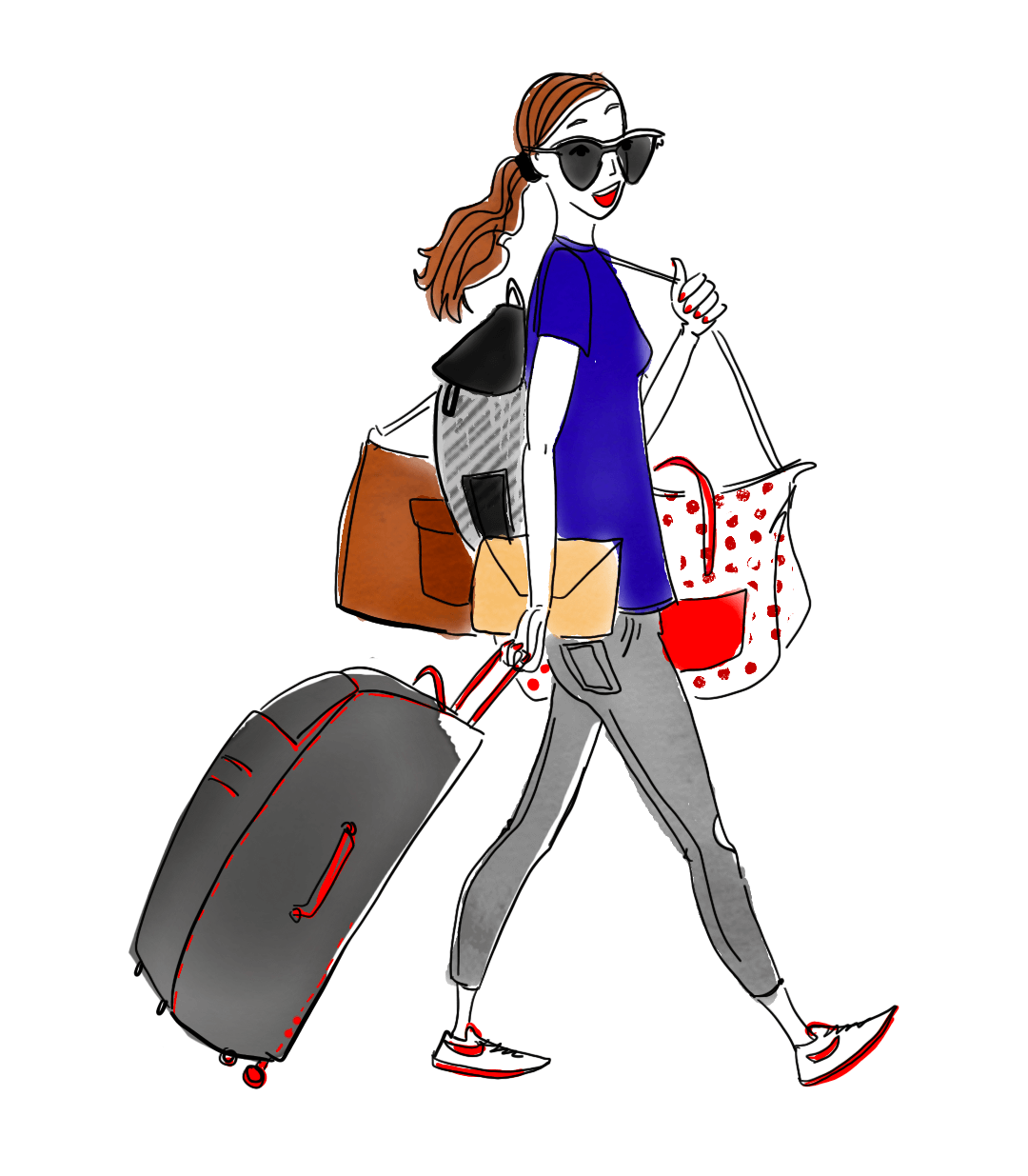
Best spots for art and culture in Luxembourg
Supermiro has prepared a nice collection of cultural activities to do in Luxembourg. Are you bored? Would you like to feed your brain with something different from Twitter and Instagram feeds? We don't mind if you do, but still, we're sure you'd have a great time exploring every cultural option Luxembourg has to offer!
For your free time, the weekend or just to spend some quality time with your other half, use our selection of exhibitions and other good deals for art and travel all the way to Frescoland.
If you know Luxembourg like the back of your hand, we're 100% sure you'll discover something new anyway.
So, here's a list to pique your curiosity and take you to the infinite world of culture.
Outings, good deals for free and genuine art and cultural events? It's common knowledge that Luxembourg is full of masterpieces. Of course, it's impossible to see it all, but you'll be spoiled with choice.
Today


Konschthal Esch
Visit for children 18KMOur partners' events and great spots

Shopping Village Pall Center
Your favorite brands at low prices... 25KM
Kinepolis Kirchberg
Go to the cinema during the holida... 3.8KM
Escher Theater
Yé ! - Circus 17KM
La Belle Etoile
It's sold time! 6KM
Cloche d'Or shopping center
“Meet and Greet” with your favorit... 3.2KMTomorrow

Mudam Museum of Modern Art
Lunchtime at Mudam 0.8KM
Ville de Differdange
JUgendKOnschtWOch | Call for young... 20KM
Konschthal Esch
Visit for children 18KM

Mudam Museum of Modern Art
Mudamini Visit 0.8KM
Villa Vauban - Musée d'Art de la Ville de Luxembourg
Regular guided tour: Jean-Pierre B... 0.6KM
Villa Vauban - Musée d'Art de la Ville de Luxembourg
Regular Guided Tour: A Walk Throug... 0.6KM
Philharmonie Luxembourg
Guided tour by night 1KMSaturday 04 January

Mudam Museum of Modern Art
Family tour 0.8KM
Ville de Differdange
JUgendKOnschtWOch | Call for young... 20KM

Natur musée
Sound Art and Soundscapes 0.3KM
Villa Vauban - Musée d'Art de la Ville de Luxembourg
Regular guided tour: Jean-Pierre B... 0.6KM
Mudam Museum of Modern Art
Guided Tour 0.8KM
Mudam Luxembourg - Musée d'Art Moderne Grand-Duc Jean
Architecture Guided Tour 0.8KM
Villa Vauban - Musée d'Art de la Ville de Luxembourg
Regular guided tour: A stroll thro... 0.6KM
Mudam Museum of Modern Art
Guided Tour in French 0.8KMSunday 05 January

Casino Luxembourg
Workshop for child-adult pairs: Lu... 0.4KM
Lëtzebuerg City Museum
Regular Guided Tour: Happy Babel? 0.2KM
Ville de Differdange
Call for young artists for JUgendK... 20KM
Funiculaire Pfaffenthal-Kirchberg
Assault on the Kirchberg! 0.8KM
Lëtzebuerg City Museum
Regular guided tour: Pure Europe 0.2KM

Villa Vauban - Musée d'Art de la Ville de Luxembourg
Regular tour: Jean-Pierre Beckius... 0.6KM
Mudam Museum of Modern Art
Guided Tour in German 0.8KM
Mudam Museum of Modern Art
Guided tour in English 0.8KM
Luxembourg National Museum of Natural History
Guided tour of the exhibition "Tön... 0.3KM
Nationalmusée um Fëschmaart
Faces and Traces - Stories of the... 0.1KM
Villa Vauban - Musée d'Art de la Ville de Luxembourg
Regular guided tour: A walk throug... 0.6KM
Ciné Utopia
Picasso: A Rebel in Paris. Story o... 0.9KM
Casino Luxembourg - Forum d'art contemporain
In the Ether 0.3KMWednesday 08 January

Ville de Differdange
Call for young artists - JUgendKOn... 20KM
Résidence op der Waassertrap
Guided Tour 18KM
Musée Dräi Eechelen
Fortress, History, Identities 0.7KM
Aalt Stadhaus
Expo Duo Tea Sacculos - Thierry Ha... 20KM
Mudam Museum of Modern Art
Tour in English 0.8KMThursday 09 January

Ville de Differdange
JUgendKOnschtWOch | Call for young... 20KM
Lëtzebuerg City Museum
Europe Ahead 0.2KM
Nationalmusée um Fëschmaart
Guided tour - The relationship bet... 0.1KM
Konschthal Esch
Regular visits around the exhibiti... 18KM
G.A.N.G.
Sip & Paint 6KMAlso these days

Schmëttbësch
E22 - Sculptures 15KM
Steinfort Villa Collart
Exhibition Gallery CollART 17KM

Gaspar Museum
Expo: Charles Gaspar (1871-1950),... 24KM
Luxembourg Art Week
La Répétition 0.8KM
Nationalmusée um Fëschmaart
Collections/révélations. Art moder... 0.1KM
Lëtzebuerg City Museum
Pure Europe 0.2KM
Musée national d'histoire et d'art
La révolution de 1974. Des rues de... 0.1KM
Luxembourg Art Week
Katharina Grosse. Moving the Stars 0.8KM
Mudam Luxembourg - Musée d'Art Moderne Grand-Duc Jean
Agnieszka kurant 0.8KM
Nationalmusée um Fëschmaart
Supports/surfaces. Notre collectio... 0.1KM
Konschthal Esch
Dis-placed 18KM
Mudam Luxembourg - Musée d'Art Moderne Grand-Duc Jean
Xanti Schawinsky + Monster Chetwyn... 0.8KM
Nationalmusée um Fëschmaart
Alfredo Cunha, photographe. 50 ans... 0.1KM
Musée Gaspar
Expo « Transitions » par Séverine... 24KM
Mudam Luxembourg - Musée d'Art Moderne Grand-Duc Jean
Radical Software: Women, Art & Com... 0.8KM

Konschthal Esch
Vera Kox - Sentient Oil 18KM
Rotondes
Uncycle 1.1KM
Rotondes
Witness 1.1KM
National Literature Archive
Erageluusst 16KM
Cercle Cité
CeCiL's Box by Nika Schmitt 0.1KM
Casino Luxembourg - Forum d'Art Contemporain
Boogie - curatorial experiment 0.4KM
Casino Luxembourg - Forum d'Art Contemporain
Black air 0.4KM
Nationalmusée um Fëschmaart
Prix des Arts Luxembourgeois 2024... 0.1KM
Mudam Luxembourg - Musée d'Art Moderne Grand-Duc Jean
Cosima von Bonin 0.8KM
Centres d’art Nei Liicht et Dominique Lang
Exhibition - Marc Henri Reckinger 15KM
Musée national d'histoire naturelle (MNHN)
Exposition "Tönende Tiere" 0.3KM
Musée Ferrum
Les Exclus du Festin 16KM
Luxembourg National Museum of Natural History
Luxembourg on the Rocks 0.3KM
Luxembourg Art Week
Marc Henri Reckinger. Lëtzebuerger... 0.8KM
Villa Vauban - Musée d'Art de la Ville de Luxembourg
Julie Wagener: The Things We Carry 0.6KM
Neimënster
Who’s Next? 0.3KM
Arlon
The Holiday Season 24KM
Mairie d'Hesperange
Local Artists Exhibition 4.8KM
Arlon
Exhibition "Fantasy and Mythologie... 25KM
Galerie Schortgen Artworks
Crazy Little Things 0.2KM
Bibliothèque nationale du Luxembourg
Kleriker, Kenner und Sammler 3KM
Bibliothèque nationale du Luxembourg
The Giant Bible of Saint-Maximin 3KM
Kulturhuef Grevenmacher
Exhibition on playing cards 24KM
Aalt Stadhaus
Duo Tea Sacculos 20KM
Valentiny foundation
Square 21KM









